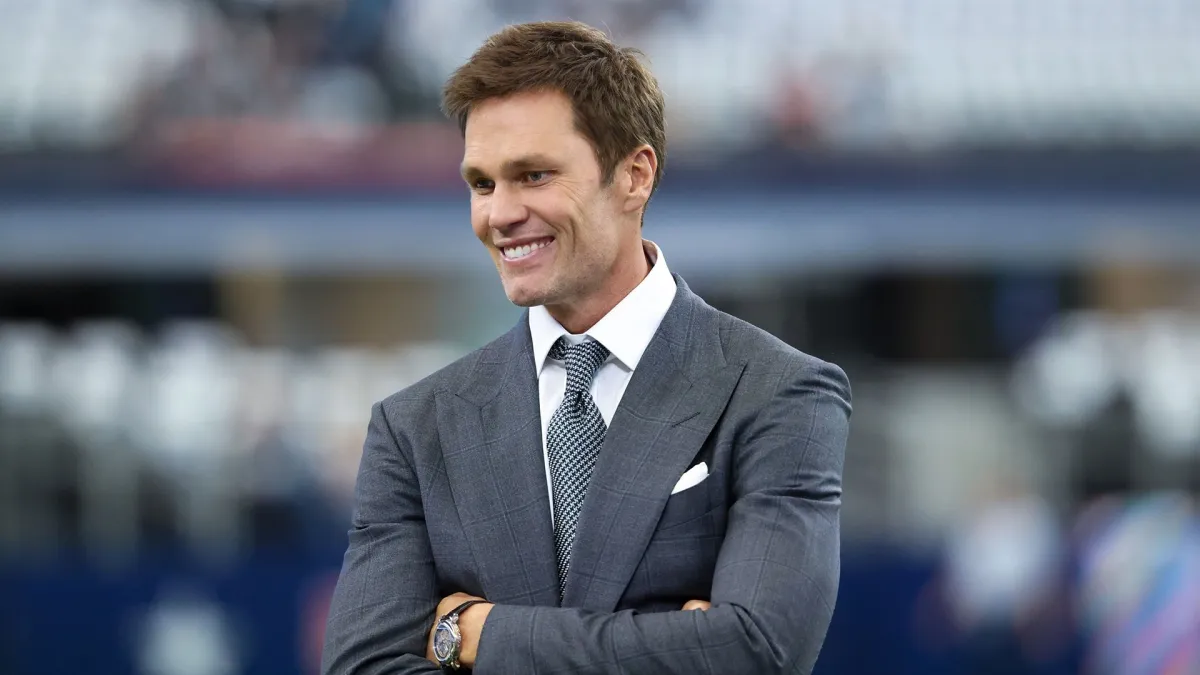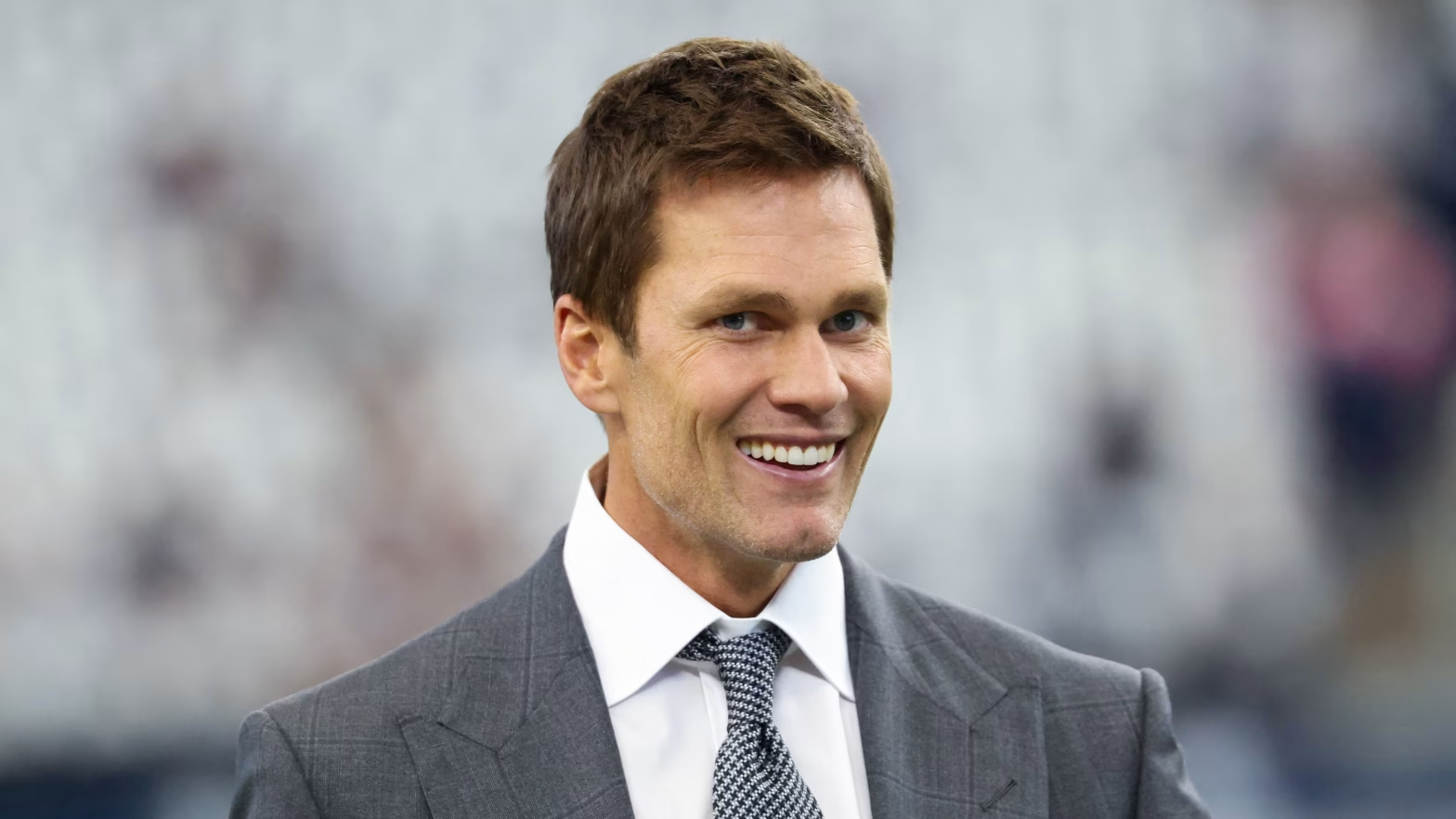Tom Brady, the seven-time Super Bowl champion, has recently become a minority owner of the Las Vegas Raiders, along with his business partner, Tom Wagner. The duo paid over $200 million for a 10% stake in the team, a move that has raised questions about how this will impact Brady’s career as a broadcaster. Brady signed a 10-year, $375 million deal with Fox in 2022, and he made his debut this season as a lead analyst for the network. However, his new ownership role complicates his broadcasting responsibilities and could present potential conflicts of interest.
As a result of his ownership stake in the Raiders, Brady is facing several broadcasting restrictions. These restrictions were put in place while his bid to become a minority owner was still pending. According to an NFL spokesperson, Brady is prohibited from being in another team’s facility or attending their practices. He is also not allowed to attend in-person or virtual production meetings that involve coaches or players. Additionally, Brady cannot publicly criticize other teams or officials, and he must adhere to NFL policies regarding gambling and anti-tampering, limiting his communications with other teams to strictly social interactions.

Despite these limitations, Brady is still allowed to broadcast Raiders games. The team has two remaining Fox games on its 2024 schedule: one against the Cincinnati Bengals in Week 9 and another against the New Orleans Saints in Week 17, though the schedule is subject to changes. Brady’s role as a broadcaster for these games raises interesting questions about how he will navigate the potential conflicts between his role as an owner and a broadcaster.
One significant aspect of Brady’s broadcasting career is that he will still be able to participate in high-profile events like the Super Bowl. Brady is scheduled to cap off his first season in the Fox booth by calling Super Bowl LIX in New Orleans on February 9, 2025. This will be a major moment in his broadcasting career, even as he faces restrictions due to his minority ownership in the Raiders.
The combination of Brady’s new ownership role and his broadcasting responsibilities underscores the complexities that can arise when athletes transition to off-field ventures. While the restrictions are designed to prevent conflicts of interest, they also highlight the challenges Brady will need to navigate as he balances his work as a broadcaster and owner. As Brady’s broadcasting career progresses, it will be interesting to see how these limitations shape his approach to covering games and interacting with the teams he now has a stake in.
